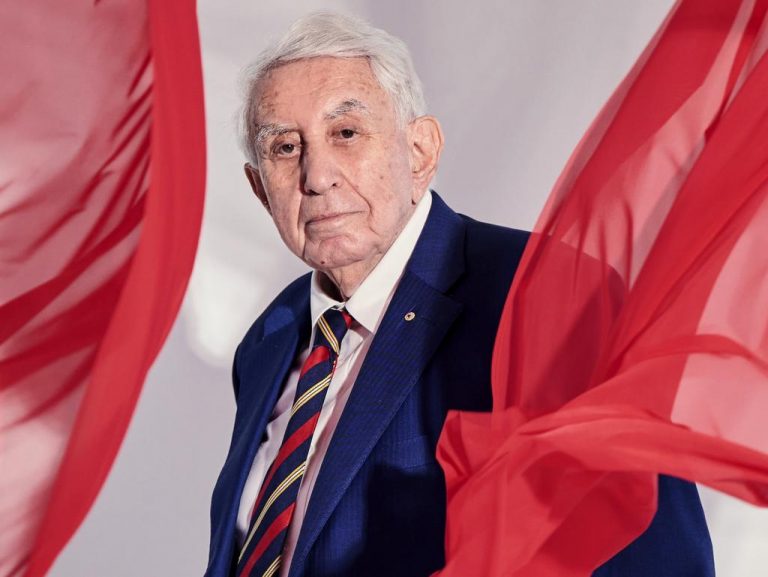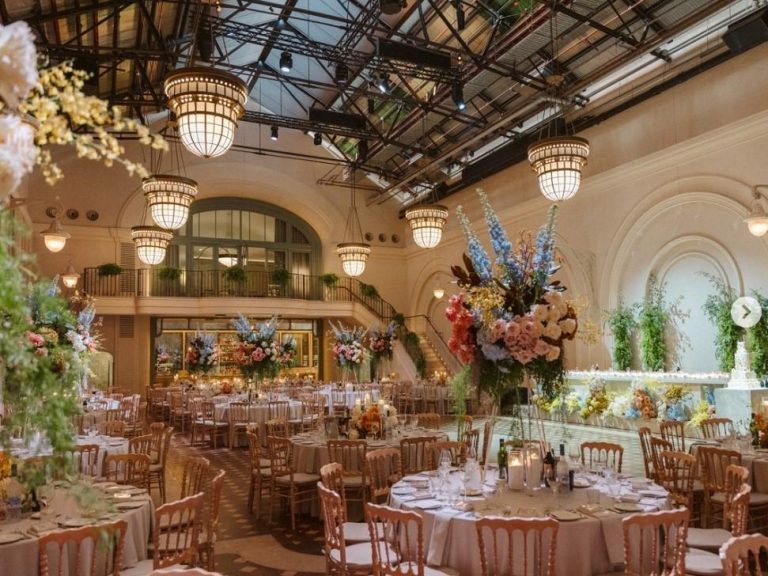Tightening continues in eastern office markets
The Sydney CBD office market has tightened further as tenant demand outstrips new supply, while vacancy remains at a low level in Melbourne, according to the Property Council’s half-yearly Office Market Report.
The Sydney vacancy rate fell to 5.9% over the six months to July, compared with 6.2% in January, to hit its second lowest point in eight and a half years.
In Melbourne, 6.5% of the city’s offices were empty, its lowest point in five years.
The contrast between the eastern seaboard and the resources-affected Perth CBD, where vacancy tightened but remained at a high 21.1% of the city’s office space, is still stark.
Commercial Insights: Subscribe to receive the latest news and updates
The amount of empty space subleased also declined in all capital city CBD markets.

Nationally, the CBD office vacancy rate fell to 10.5% from 10.9% six months earlier, continuing a four-year stretch in the 10 to 11% range.
But with future supply likely to be about half its historic average and focused on Melbourne and Sydney, tenants are expected to soak up the increase.
“We’ve got good levels of demand … And very limited supply. And most of that supply is coming into those two hot markets which are well positioned to deal with that supply,” Property Council of Australia chief executive Ken Morrison tells The Australian.
“Over the next two and a half years, about half the long-term average of supply is going to be coming to our CBD markets, and three-quarters of that supply in aggregate will be in Sydney and Melbourne.”

More than 250,000sqm of new office stock will hit the Melbourne CBD through 2019, including Tower 5 at Walker Corporation’s Collins Square, Cbus Property’s Collins Arch “Pantscraper” at 447 Collins St and 311 Spencer St, and Mirvac’s Olderfleet at 477 Collins St.
A little over 150,000sqm is scheduled to hit the Sydney CBD, including Brookfield’s 10 Shelley St and 10 Carrington, the overhauled Darling Park Tower 2 and Investa’s 60 Martin Place.
“We saw positive demand for office space in every CBD except Brisbane, and across a number of the non-CBD markets,” Morrison says.

“While vacancy rates remain high in some centres, they are no longer facing significant new office supply coming on to the market.”
Morrison says the Perth market appeared to be “at or about the bottom”, and is not likely to be “buffeted” by new supply. Vacancy in the Brisbane CBD edged up to 15.7%, from 15.3% six months earlier.
Elsewhere, vacancy in the Canberra CBD fell to 11.4% and edged lower to 16.1% in the Adelaide CBD.
This article originally appeared on www.theaustralian.com.au/property.







